Filter by Type

Largest dermatology physician group practices
Explore the largest U.S. dermatology group practices by physician count and what this means for vendors, services and practice growth.

Largest gastroenterology physician group practices
Explore the biggest gastroenterology physician groups by size, ranking and growth in the US GI market.
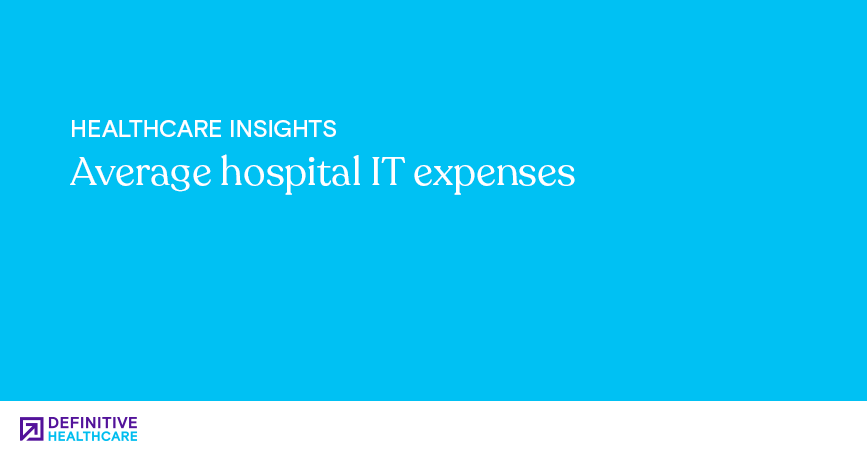
Average hospital IT expenses
Discover average hospital IT spending, budget benchmarks and cost‑drivers to optimize your healthcare organization’s tech investment.
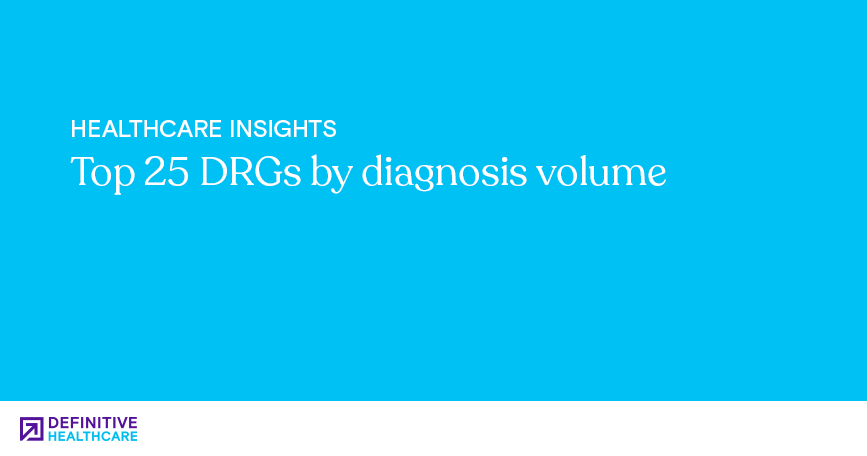
Top 10 DRGs by diagnosis volume
Explore the top 25 DRGs by diagnosis volume. Learn which diagnosis-related groups drive the highest hospital cases, and impact reimbursement trends.
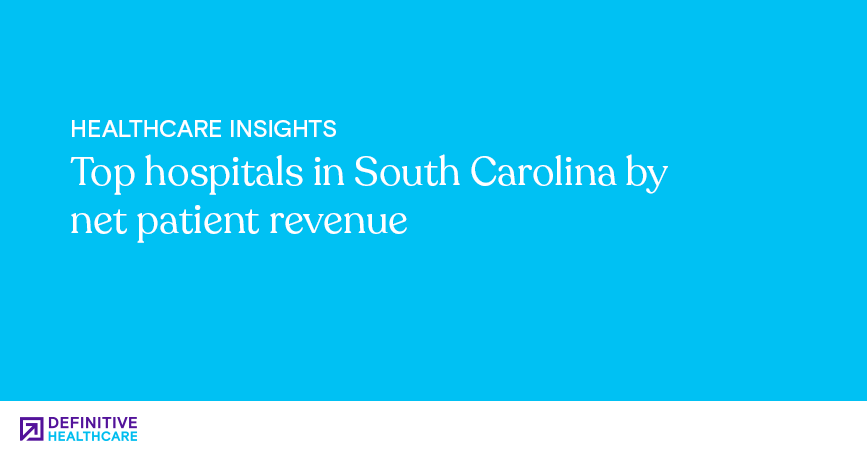
Top hospitals in South Carolina by net patient revenue
Review our list of South Carolina hospitals with the highest net patient revenue. See which SC hospitals top the list and how to effectively target them.
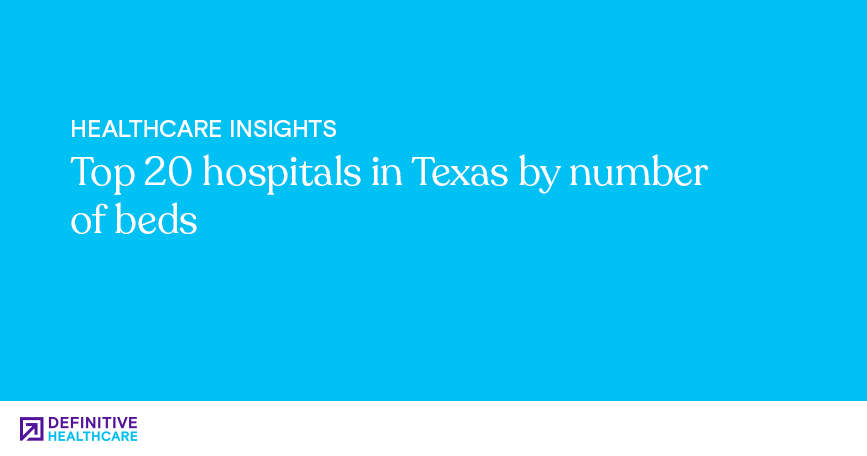
Top 20 hospitals in Texas by number of beds
Explore the 20 largest hospitals in Texas by staffed bed count and what the size means for providers, vendors and health systems.

Number of physician group practices by state
See how many physician group practices operate in each U.S. state, based on active listings and location data from 2025.
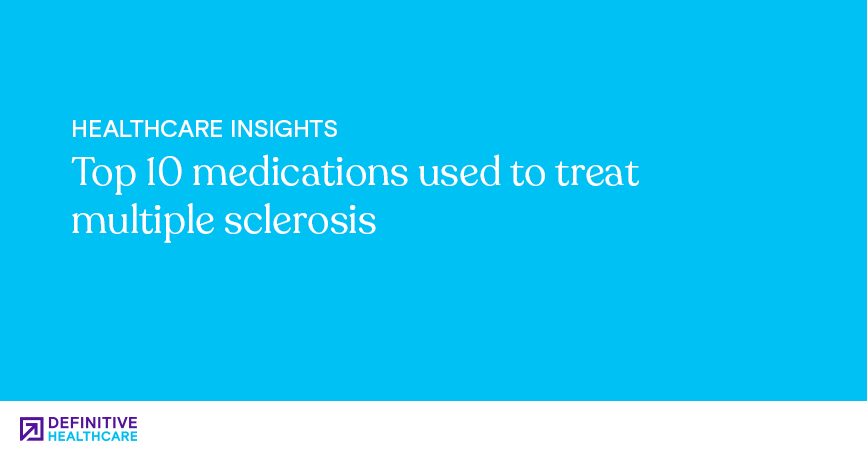
Top 10 medications used to treat multiple sclerosis
Discover prescribing patterns and trends for multiple sclerosis medications, including a list of the most prescribed MS medications.
